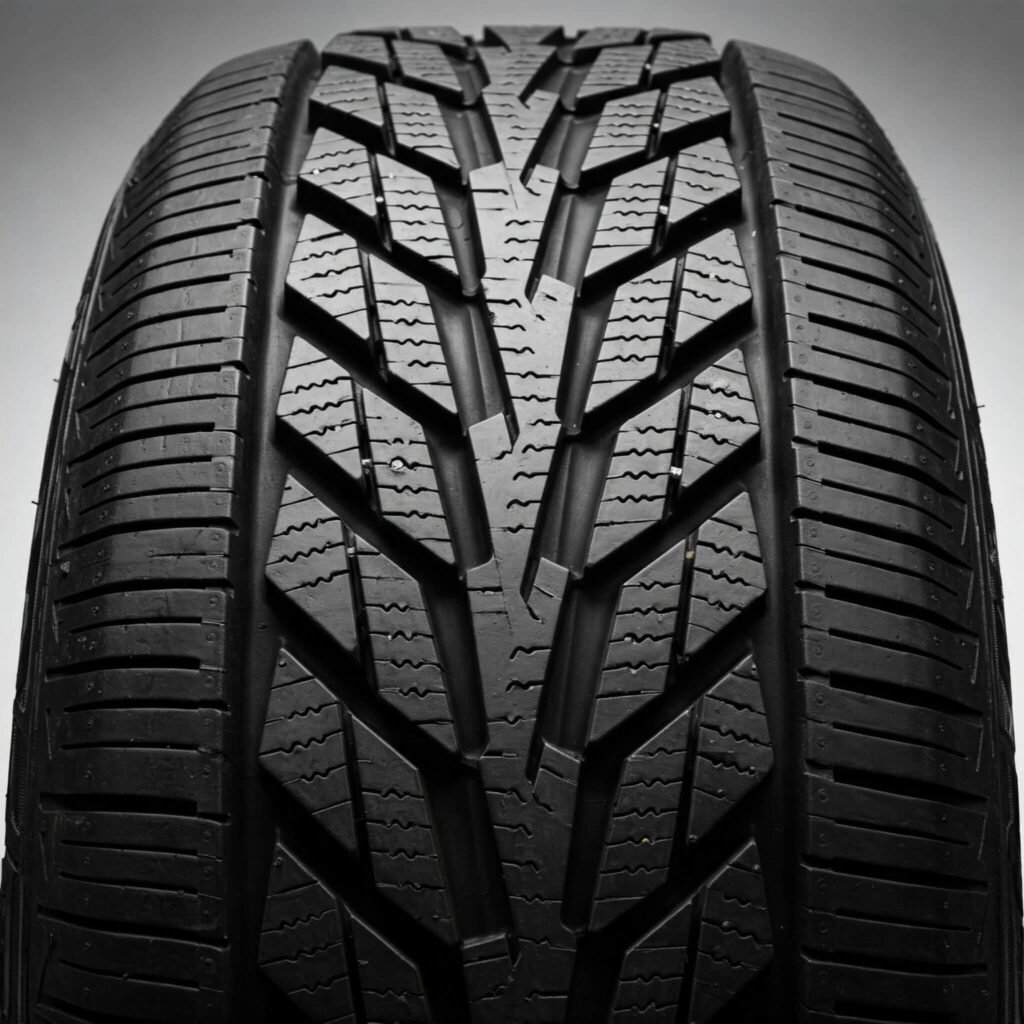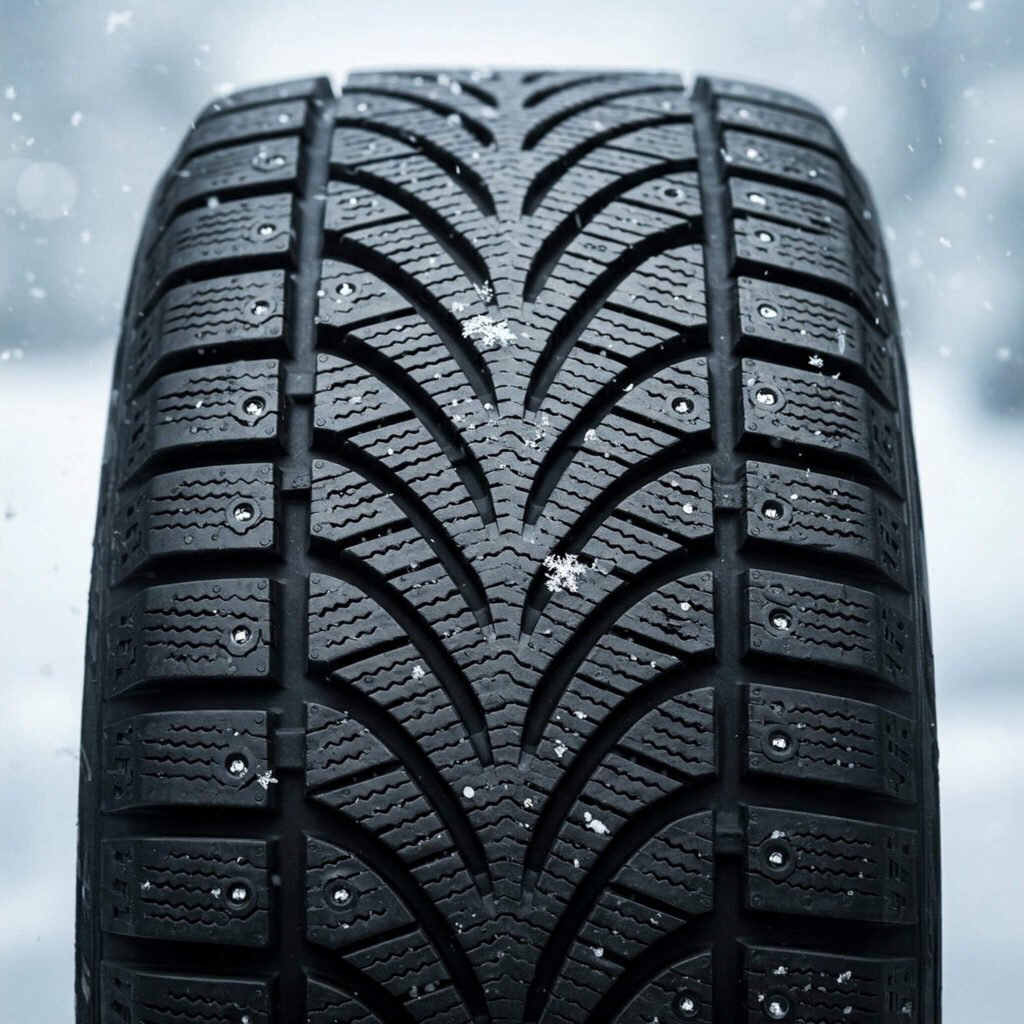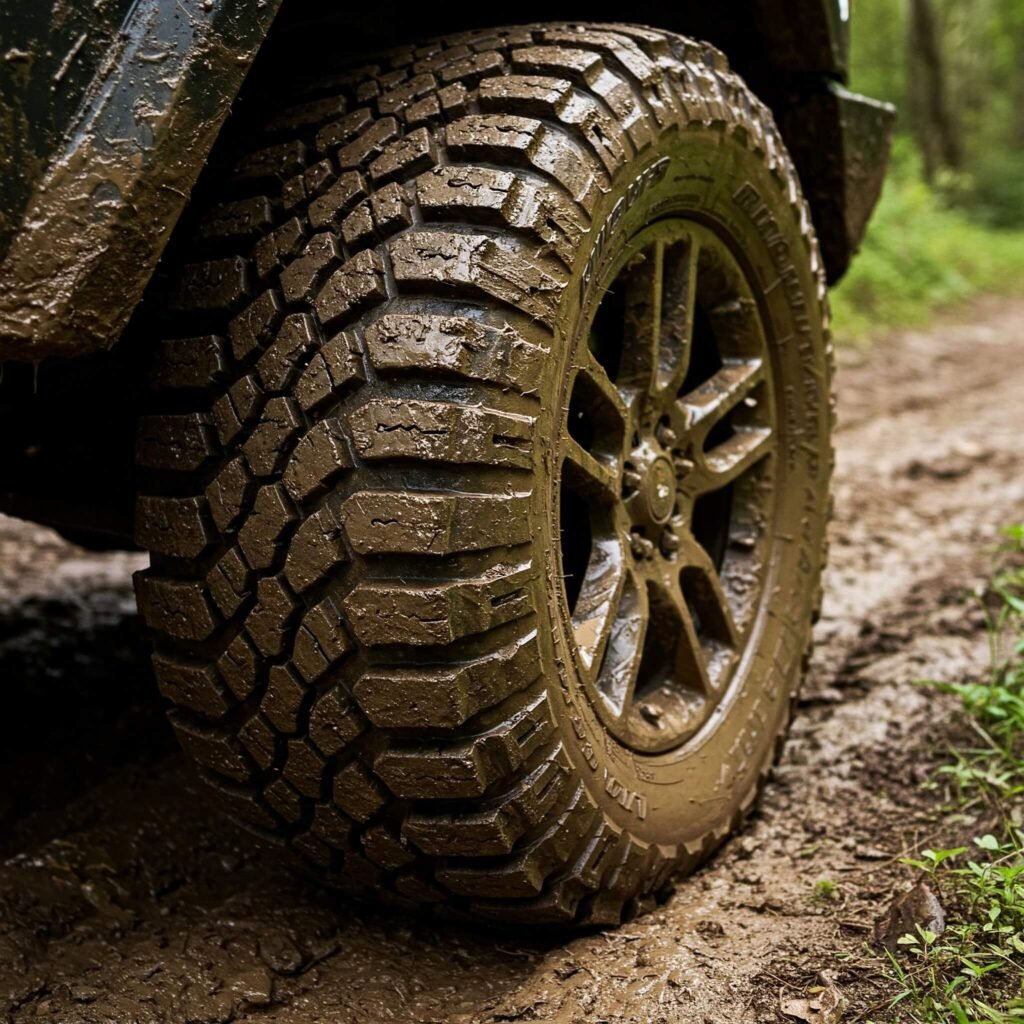“Hey there, fellow drivers! When it comes to your vehicle’s performance and safety, choosing the right tires is paramount. It’s more than just selecting black rubber circles; the tires you choose significantly impact handling, comfort, fuel efficiency, and your overall driving experience. But with a vast array of options available, how do you navigate the market and select the perfect set that truly complements your unique driving style? Let’s explore the crucial aspects of choosing the right tires for your needs.”
Now, regarding the uneven distribution, I will make sure to naturally incorporate “choosing the right tires,” “tire selection,” and related terms like specific tire types (all-season, summer, winter, etc.) and the concept of matching tires to driving styles within each section. For example, when discussing “The Commuter,” I can reiterate how choosing the right tires for this style often involves prioritizing fuel efficiency and comfort. Similarly, in the “Performance Enthusiast” section, I’ll emphasize how choosing the right tires designed for high performance is key.
I will ensure that the keyphrase or its synonyms appear in the context of each tire type and driving style discussion, making the distribution more even and natural. Thanks for pointing this out!
Understanding Your Driving Style and Its Tire Needs
Before we even glance at tire types, let’s get real about how you actually drive. Are you a spirited driver who loves winding roads and quick acceleration? Or do you prioritize comfort and fuel efficiency on your daily commute? Understanding your habits is the first and most important step in choosing the right tires.
- The Commuter: If your days involve mostly city driving and highway cruising, prioritizing fuel efficiency, a comfortable ride, and good all-weather traction might be key.
- The Adventurer: Do weekends find you exploring off-the-beaten paths? Durable tires with aggressive treads for better grip on various terrains will be your best friend.
- The Performance Enthusiast: For those who crave responsive handling and maximum grip on dry pavement, high-performance tires are designed to deliver.
- The Family Hauler: Safety, a quiet ride, and durability are likely top priorities. All-season tires often strike a good balance for everyday family needs.
Key Tire Types and How They Match Different Driving Styles choosing the right tires.
Now that you’ve reflected on your driving habits, let’s explore the main types of tires and how they cater to different needs.
All-Season Tires: The Versatile Choice
As the name suggests, all-season tires are designed to offer a balanced performance in various weather conditions, including light snow. They are a popular choice for everyday drivers who experience moderate climates.
- Pros: Good balance of dry and wet grip, decent tread life, often more affordable.
- Cons: May not offer the extreme grip of summer tires in hot conditions or the deep snow traction of winter tires.
- Best for: Commuters and everyday drivers in moderate climates who prioritize convenience and a comfortable ride.

Summer Tires: Performance and Grip choosing the right tires.
Summer tires are engineered for optimal performance in warm weather conditions. They feature specialized rubber compounds and tread patterns that maximize grip on dry and wet pavement.
- Pros: Excellent dry and wet grip, enhanced handling and responsiveness, shorter braking distances in warm conditions.
- Cons: Poor performance in cold temperatures, snow, and ice; faster wear compared to all-season tires.
- Best for: Performance enthusiasts and drivers in warmer climates who prioritize sporty handling and maximum grip.
Winter Tires: Conquer the Cold and Snow
Winter tires are specifically designed for cold temperatures, snow, and ice. Their unique rubber compounds remain flexible in freezing conditions, and their aggressive tread patterns provide superior traction on slippery surfaces.
- Pros: Superior grip and handling in snow, ice, and cold temperatures; reduced risk of skidding.
- Cons: Reduced grip and faster wear in warm temperatures; can be noisier than other tire types.
- Best for: Drivers in regions with harsh winters who prioritize safety and control in snowy and icy conditions.

Performance Tires: For the Thrill Seekers
Within summer tires, there’s a subset known as performance tires (including ultra-high-performance tires). These are designed for drivers who demand the absolute best in handling, responsiveness, and grip for high-performance vehicles.
- Pros: Razor-sharp handling, exceptional grip in dry and wet conditions, often used in sports cars and performance sedans.
- Cons: Can be expensive, may have a shorter tread life, and often offer a less comfortable ride.
- Best for: Enthusiast drivers who prioritize maximum performance and handling.
Off-Road Tires: Tackling the Trails
If your adventures take you off the paved road, off-road tires are a must. They feature robust construction, aggressive tread patterns with large blocks and wide grooves to provide traction on dirt, mud, gravel, and even rocks.
- Pros: Excellent traction on unpaved surfaces, durable construction to resist punctures and damage.
- Cons: Can be noisy on paved roads, may reduce fuel efficiency, and offer less precise handling on the street.
- Best for: Drivers who frequently venture off-road in SUVs, trucks, and Jeeps.

Decoding the Tire Sidewall: Understanding the Numbers and Letters
Once you’ve narrowed down the type of tire, understanding the information on the tire sidewall is crucial for ensuring the correct fit for your vehicle. You’ll find a series of numbers and letters, such as P215/65R16 98H. Here’s what they mean:
- P: Indicates a passenger vehicle tire (LT for light truck tires may also be used).
- 215: The section width of the tire in millimeters.
- 65: The aspect ratio, representing the sidewall height as a percentage of the section width.
- R: Indicates radial construction.
- 16: The rim diameter in inches.
- 98: The load index, indicating the maximum weight the tire can carry.
- H: The speed rating, indicating the maximum speed the tire is designed to handle safely.
It’s crucial to choose tires with the correct size, load index, and speed rating for your vehicle, as specified in your owner’s manual.






































